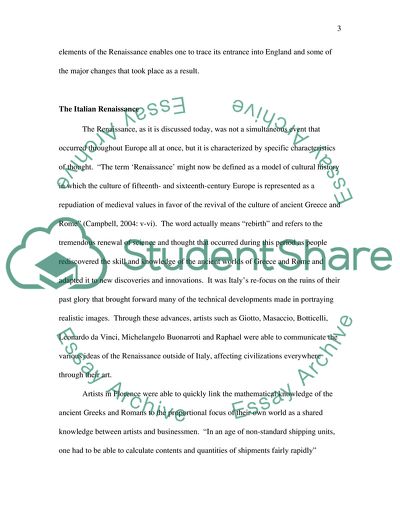Cite this document
(The Impact of the Renaissance in England Term Paper, n.d.)
The Impact of the Renaissance in England Term Paper. https://studentshare.org/history/1716689-the-impact-of-the-renaissance-in-england
The Impact of the Renaissance in England Term Paper. https://studentshare.org/history/1716689-the-impact-of-the-renaissance-in-england
(The Impact of the Renaissance in England Term Paper)
The Impact of the Renaissance in England Term Paper. https://studentshare.org/history/1716689-the-impact-of-the-renaissance-in-england.
The Impact of the Renaissance in England Term Paper. https://studentshare.org/history/1716689-the-impact-of-the-renaissance-in-england.
“The Impact of the Renaissance in England Term Paper”. https://studentshare.org/history/1716689-the-impact-of-the-renaissance-in-england.


